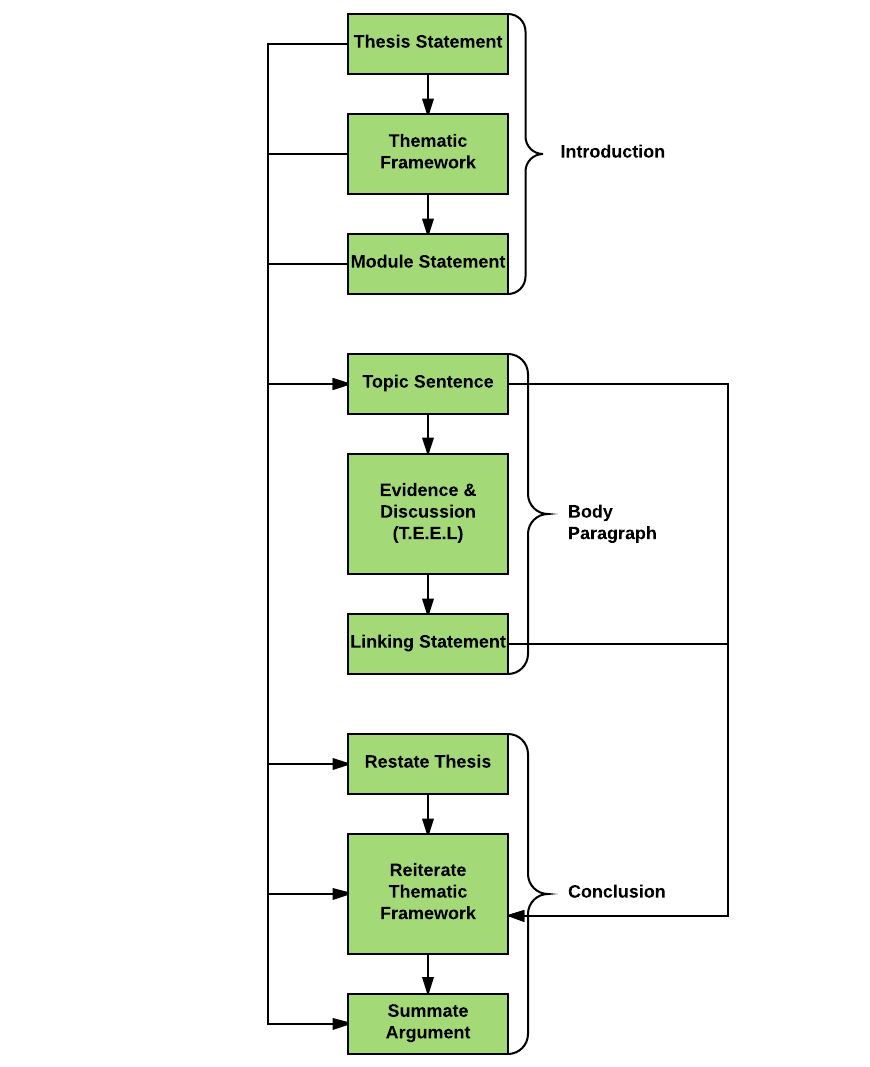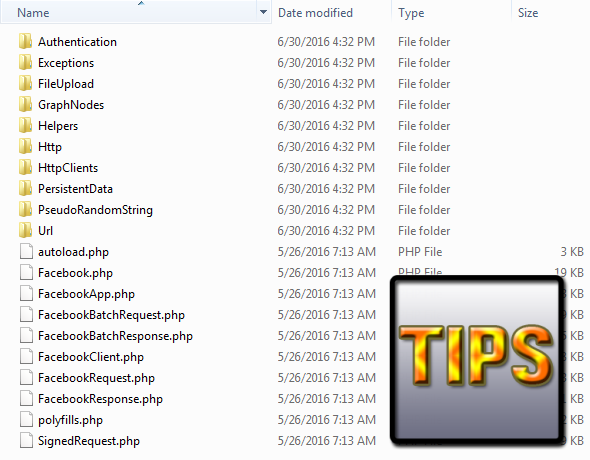Facebook Source Code Structure
Over the past few years, we’ve been working to upgrade our data centers to run at 100 gigabits per second. To do so, we needed to deploy 100G optical connections to connect the switch fabric at higher data rates and allow for future upgradability — all while keeping power consumption low and increasing efficiency. We created a 100G single-mode optical transceiver solution, and we’re sharing it through the Open Compute Project. Download hearthstone for pc. A detailed specification, CWDM4-OCP, was contributed to OCP, and more information on the CWDM4-OCP design guide can be found.In this post, we’ll provide a behind-the-scenes look at the optical transceiver solution in our data centers. Optical interconnects inside Facebook data centersAll of the compute and storage elements inside our data center are networked together using a switching architecture we call data center. The switches in this network are all connected using optical signals carried over glass fiber cables.

The diagram below (Figure 1) shows the physical layout of a typical Facebook data center built using our fabric architecture. Figure 1: Schematic diagram showing optical cabling inside a Facebook data center.The switch network consists of structured cabling with lengths of trunk fibers (shown as colored pipes) that terminate at patch panels.
The patch panels act as rack connection points, from which jumper cables (not shown) connect the patch panels to the switches. At each of these endpoints, an optical transceiver converts electrical signals to optical to be transmitted over optical fiber, and receives the optical signal from the other end to convert it back into an electrical signal. At data rates of 10 Gb/s or 40 Gb/s, we could cover most of the distances in our data centers using multi-mode fiber.
Sap Source Structure
The 40G optical transceivers consisted of up to four channels, each operating at 10 Gb/s and carried over a separate multi-mode fiber in a parallel configuration.It is a big practical and financial challenge when fiber needs to be changed at each generation of interconnect technology. It takes a significant amount of time and money to re-cable tens of thousands of kilometers of fiber in a data center.
As the data rate increases, dispersion (modal and chromatic) limits the length over which optical signals can be transported. For example, at 40 Gb/s the data center was cabled with OM3 multi-mode fiber.
To reach 100 meters at 100 Gb/s using standard optical transceivers would require re-cabling with OM4 multi-mode fiber. That is workable inside many smaller data centers, but it does not allow any flexibility for longer link lengths or for a data rate evolution beyond 100 Gb/s.
Ideally, the fiber plant should remain installed for the whole life of the data center and support many technology innovation cycles.For these reasons, there was strong motivation to move to deploying single-mode fiber in data centers that would allow future-proofing of reach through many data rate evolution cycles. Single-mode fiber eliminates modal dispersion problems and has been used for decades in the telecommunications industry to support longer reaches at higher data rates.

The only disadvantages were that these single-mode optical transceivers have historically consumed more power and been much more expensive than multi-mode transceivers. Facebook tried to tackle these two challenges by optimizing the transceiver technology to the actual needs of our data centers.To determine the best solution for 100G optical connections, we did an analysis of the total link cost for several different scenarios. The scenarios included parallel multi-mode fiber, parallel single-mode fiber, and duplex single-mode fiber. The model included the whole link, which is made up of the cabled strands of fiber, patch panels to connect fiber throughout the data center, and the optical transceivers at each end. The analysis showed that the cost saving in using less fiber and patch panels could more than offset the increased cost of the single-mode optical transceivers.

We saw an opportunity to reduce that cost even further by optimizing the specification to fit data center requirements and benefit from innovation in new technologies. 100G single-mode optical transceiversTo understand how these efficiency gains were achieved, it is useful to understand the many aspects that make producing single-mode optical transceivers harder. First, single-mode fiber has a much smaller core diameter (9 micron) compared with multi-mode fiber (50 micron), which means that all components must be positioned and aligned to sub-micron tolerances using high-end assembly equipment.